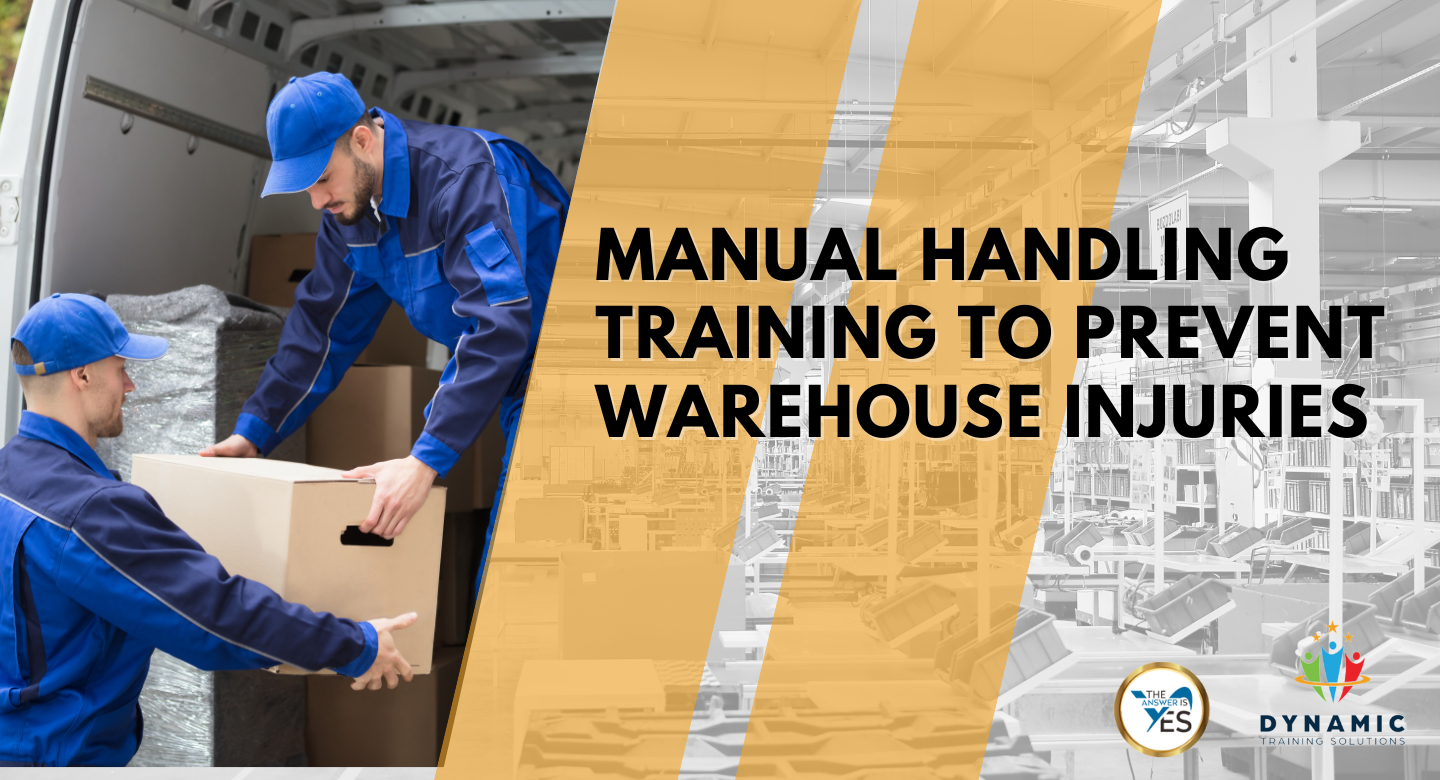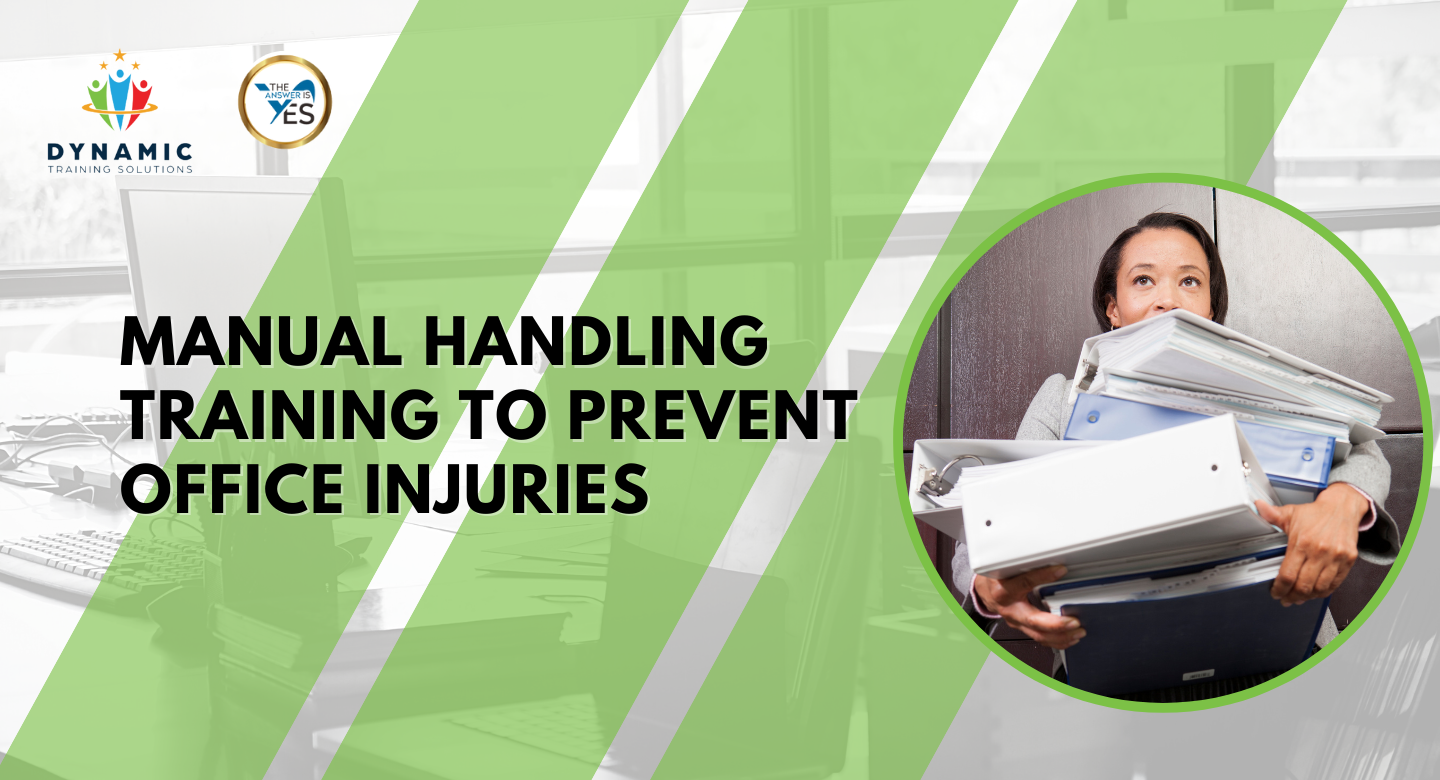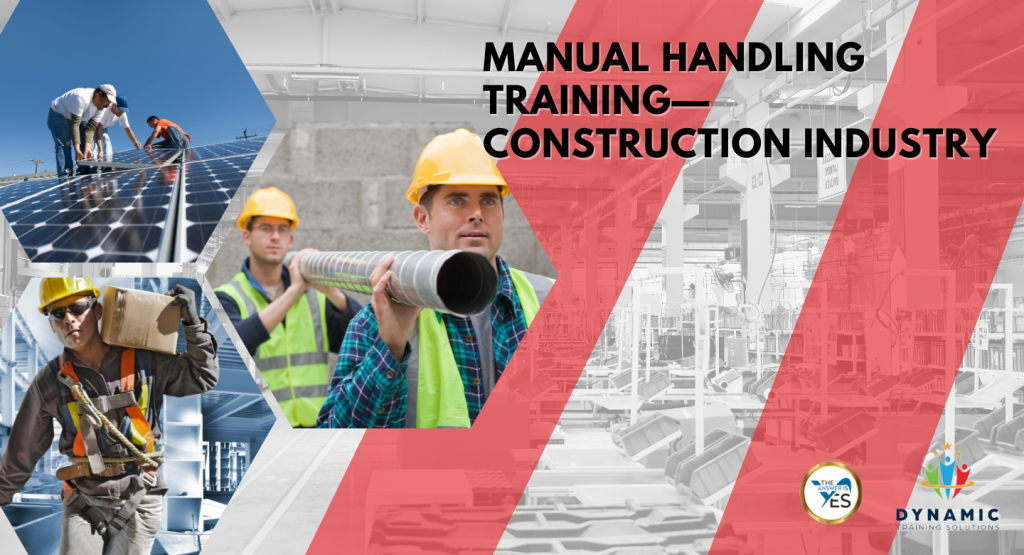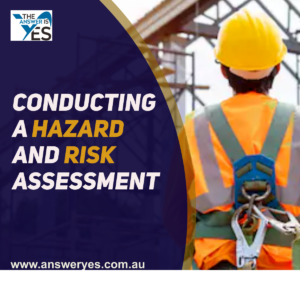Manual Handling Training
Each state has a similar section in the legislation… Work Health & Safety Regulation (QLD) 2011 section 60 states “A PCBU must manage risks to health & safety relating to a musculoskeletal disorder associated with a hazardous manual task…”
Part of the Hazard & Risk Assessment is to identify issues and implement the hierarchy of control to reduce injury. Then comes the training that can be conducted as online training.
There are two types of manual handling training:
- Manual Handling involving inanimate objects
- Manual Handling of people including infants and children

Manual Handling Training to Prevent Warehouse Injuries
If you have a workforce that does manual handling of goods, this is the course for you.
Manual handling can often seem to be a simpler task than it is. After all, the workforce was hired because they were able to do the tasks assigned to them.

Manual Handling Training to Prevent Office Injuries
Most businesses in the manufacturing and the trades realise it is important that staff undertake Hazardous Manual Handling Training, but the majority of professionals fail to realise is that an office can be just as hazardous. Staff are often lifting file boxes, stationery boxes or moving and carting equipment that can lead to musculoskeletal injuries.

Manual Handling Training—Construction Industry
Not only can an injury cause discomfort and pain, but it can also lead to long term inability to work.
While most workers are habitual in lifting of heavy items daily, they might stop being aware of their technique and style which requires constant reinforcing . –
A Risk Assessment of manual tasks will help you identify:
- Legal Obligations
- Hazards
- Assessing the Risk
- Mitigating the Risk
- Prioritising the Risk
- Creating Action Pl
